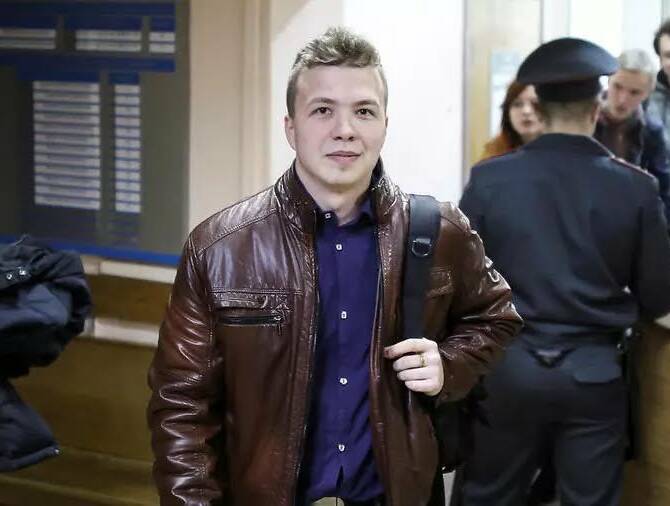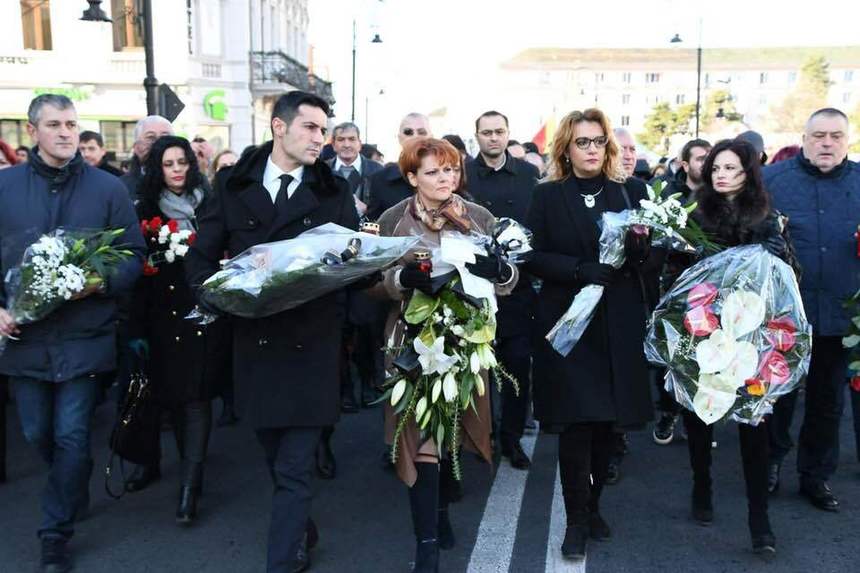Hungary/NATO – On 21 March, following negotiations with the President of the European Council Charles Michel, the Hungarian head of government posted a video mes-sage on his Facebook page. In this video, he expressed concern about proposals that could be made by certain members of the Atlantic Alliance this week.
NATO members in favour of a closure of Ukrainian airspace
On Thursday 3 March, Ukrainian President Volodymyr Zelensky called for the complete closure of Ukrainian airspace. This was ruled out by NATO leaders. The President of the European Council, Charles Michel, then explained this refusal as follows:
“because doing this under the present circumstances will be considered an act of war on the part of NATO and therefore risk World War III. […] you have to be level-headed, you have to be smart, you have to show resolution. Volodymyr Zelensky told me that if one can’t set up a no-fly zone over Ukraine, one should at least deliver weapons.”
Russian President Vladimir Putin has considered since the beginning of the conflict that the establishment by any country of a no-fly zone over Ukraine would amount to “partici-pation in the armed conflict”.
According to Hungarian Prime Minister Viktor Orbán, NATO’s position on this issue is the right one and should definitely not change, even if some member states of the Alliance think that it would be good to close the airspace above over Ukraine.
Viktor Orbán made a point of recalling that his country was firmly opposed to this meas-ure, “NATO being a defence alliance” which is not intended to carry out military actions outside the borders of the countries belonging to the Alliance.
“Hungary’s position is clear: it does not wish to send arms nor soldiers outside NATO borders.”
At the beginning of March, the position of NATO Secretary General Jens Stoltenberg was also clear on this question:
“We will not enter Ukraine by land or air. To set up a no-fly zone over Ukraine, we would have to send NATO warplanes there, which would have to shoot down Russian planes in order to secure the no-fly zone. In our view, this decision would lead to total war in Europe, with the participation of many countries.”
It would seem that France, Germany and the United States are also opposed to this far-reaching measure, as German Chancellor Olaf Scholz confirmed last week: “We agree with US President Joe Biden and French President Emmanuel Macron: it is possible to avoid an armed conflict between NATO and Russia.”
The Western partners of the Alliance are a priori in agreement not to bulge from this position, but the Baltic States and Poland could be in favour of bringing this no-fly zone measure back on the agenda, during the extraordinary NATO meeting on 24 March in Brussels. These countries are also in favour of sending a peacekeeping mission to Ukraine.
Why would such a measure be of incredible severity?
If NATO were to change its doctrine on the issue of the no-fly zone over Ukraine, it would be a major – and likely irreversible – turning point in the current conflict.
To enforce such a zone, it would be necessary to come into direct conflict with the Russian air forces currently having superiority over Ukraine, which would result in constant clashes. To consolidate this exclusion zone, it would also be necessary for NATO forces to strike installations present on Belarusian and Russian soil, without which it would not be possible to effectively regain control of the Ukrainian skies. This would lead to an escala-tion of the conflict and take the battles beyond Ukraine’s borders.
In an article titled “The No-Fly Zone and Humanitarian Atomic Warfare, Good Inten-tions, Bad Results,” published on 23 March on the Neokohn portal, Israel-based security expert Robert C. Castel returned to this subject and strongly criticised those who refused to see the counter-productivity and the dramatic impact this measure would have.
According to him, the current situation differs from those during which air exclusion measures were taken by the West: the Balkans (1993-1995), Iraq (1991-2003) and Libya (2011, 2018, 2019).
Castel clarified that it is possible that the Russians react to this measure of air exclusion by leaving Ukrainian airspace, but that it remains very unlikely. According to him, we should not place any hope in a Russian air withdrawal following a simple NATO bluff. Thus ruling out the implementation of the air exclusion measure without confrontation, Castel lists the other scenarios, each more perilous than the other. This expert also thinks that this meas-ure would lead to Russia coming out politically stronger in its positions, since Moscow would see in it a confirmation of its conviction that its intervention was necessary due to Western aggression in Ukraine. Such a measure could therefore not discourage Russia, but reinforce its obstinacy.
Robert C. Castel explains in his article that a no-fly zone in this case means an all-out aerial confrontation between NATO and Russia, which could, in the event of NATO’s failure to resume the control of the Ukrainian sky, also potentially give arguments to a measure of closure of Ukrainian soil. Which at the end of the day means a ground intervention by NATO troops.
According to Castel, this measure, contrary to what one might think, would not have the role of a tactical aerial protection umbrella but would become a powerful strategic offen-sive tool, in that it would lay the groundwork for an intervention on the ground. . Castel says humanitarian goals should not preclude approaching the current conflict with “scepti-cal pragmatism.”
He concludes by explaining that deciding to close the airspace over Ukraine would be tan-tamount to openly declaring war on Russia, adding that anyone who thinks otherwise has lost touch with reality.




